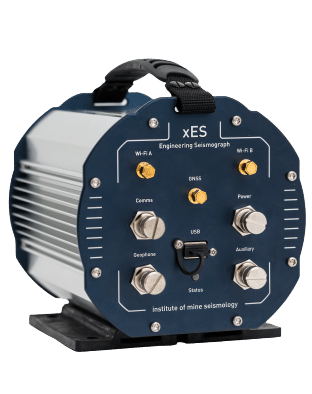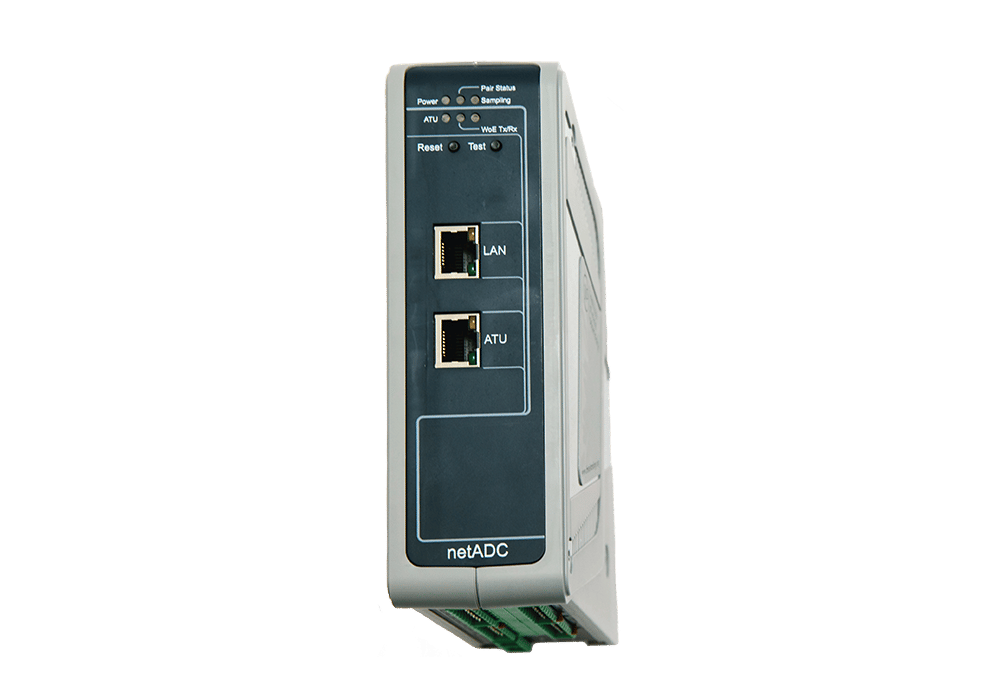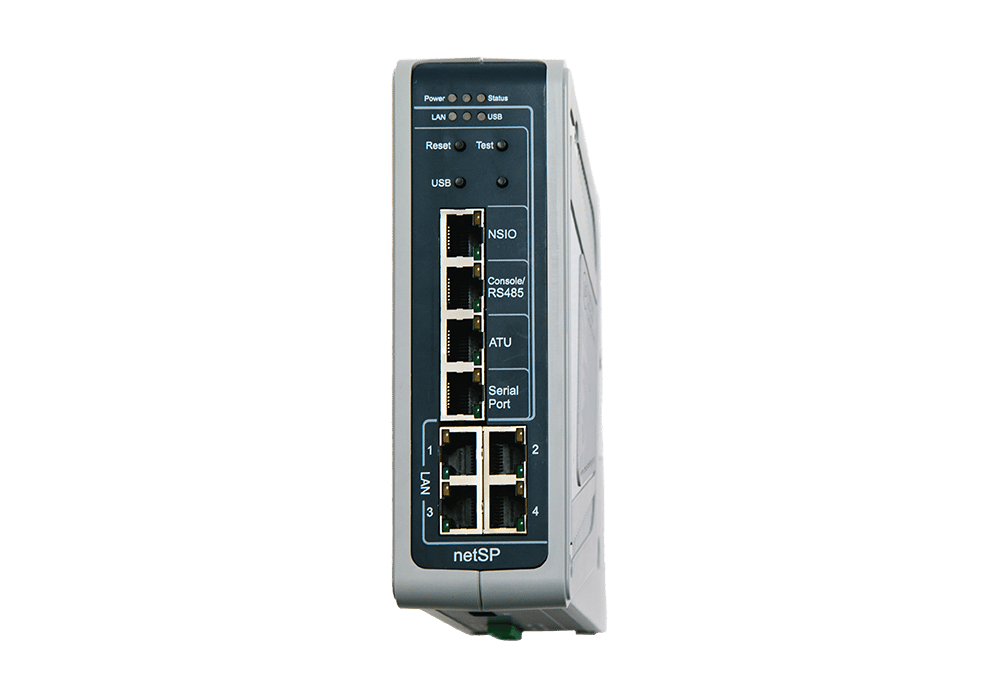Data Acquisition Units
xES
advanced vibration and seismic monitoring
Typical Applications


netADC
seismological digitiser
Description
IMS’s netADC is a 24-bit, four- or eight-channel, low-noise analogue-to-digital converter (ADC) with an Ethernet interface. It continuously digitises and timestamps analogue signals from a wide range of seismic sensors, and sends the digital data over Ethernet using IMS’s low-latency Waveforms over Ethernet (WoE) Protocol.
netSP
seismological processor
Description
netSP (network Seismological Processor) is an embedded processor with integrated 4-port Ethernet switch, status indication LEDs, user-input buttons and various serial ports. The netSP captures data from one or more netADCs, performs various signal-processing tasks on the data (e.g. triggering and filtering) and intelligently buffers the processed data before transferring to the seismic server Synapse.
The netSP’s internal processing hardware is configured to meet the specific requirements of the application. For example, computationally-intensive tasks require a more powerful processor, whereas standard tasks are more suited to lower-end, more cost-effective and power-efficient hardware.
The integrated 4-port switch is unique, in that it distributes the IMS time-synchronisation signals required by netADCs over the same Cat5/6 cable used for data transfer. This eliminates the need for running separate communication lines for timing between netADCs and the central timing source. For further details, please refer to the IMS netSP specifications document.
Key Features
- small, lightweight, 35 mm DIN-rail mountable enclosure with UL94 V0 flame retardant rating
- four or eight balanced differential analogue-input channels
- low power (0.6 W/channel)
- geophone, broadband, force balance or IEPE (piezoelectric) digitiser interface
- wide dynamic range (147 dB @ 50 sps)
- low noise: new low-noise model (see accompanying plot)
- configurable sampling rates: 3 – 192 000 sps (unlimited decimation with external processor)
- standard, fully-compliant 10BASE-T/100BASE-TX (IEEE 802.3) Ethernet interface
- timing, power and data over single Cat 5 cable (if using IMS WoE switch)
- geophone sensor state-of-health coil measurements
- compatible with IMS Smart seismic sensors (self-configuring)
- sensor calibration and control functions
Key Features
- small, lightweight, 35 mm DIN rail mountable enclosure with UL94 V0 flame retardant rating
- low power: 1 – 2 W (netSP), 2 – 3 W (netSP+)
- management of up to 4 netADC’s per netSP/netSP+
- decimation of netADC data for improved dynamic range
- continuous, STA/LTA, Adaptive Spectral Triggering (AST) or Threshold triggering algorithms
- intelligent data prioritisation: dynamically adjusts data through- put to the available communications bandwidth (associated triggers are favoured, followed by triggered and then un-triggered waveforms)
- multi-station Networked, or Standalone operating modes
- communications: 10/100Base-TX Ethernet, TCP/IP, Waveforms over Ethernet (WoE), DSL, WiFi Radio, Fibre, Serial or Cellular modem (GSM,3G, etc.)
- built-in IMS WoE switch distributes timing to downstream devices over same Cat 5 cable as used for data (saves cabling)
- internal data storage: 4 MB (netSP), up to 32 GB (netSP+)
- external storage to USB device (e.g. memory stick, external hard drive, etc.), with optional data compression
- general purpose, non-seismic I/O: 6 individually configurable channels (digital input, digital output or ADC input)
- web interface for device status monitoring, configuration and control
- remotely upgradable firmware via Synapse or Web interface On-board temperature measurement and readout
Spec Sheet
For more information, please download the
netADC specifications sheet.
Spec Sheet
For more information, please download the
netSP specifications sheet.




